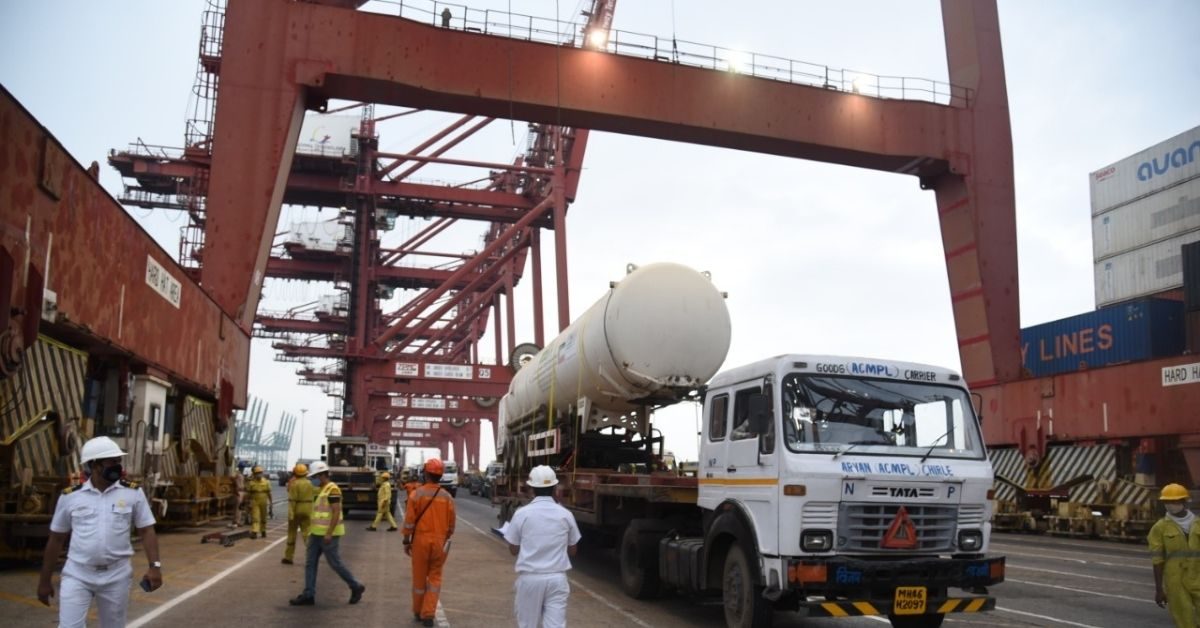The Shipping Ministry has launched the green port project to reduce carbon emissions from the marine industry, which accounts for 1% of total transport sector emissions (excluding military operations). The project’s goal is to make the industry more fuel-efficient and environmentally friendly. Implementing sustainable practises in terminal design, development, and operation; preparing an environment management and monitoring plan; regulating and minimising discharges and effluents in harbour water through Swachh Bharat initiatives, large plantation activities around port areas, and so on are all part of the plan.
The usage of renewable power will be promoted for port activities by installation of solar power plants, rooftop solar, wind farms, floating solar plants, etc.
In another reply to the Lok Sabha, Sonowal stated that under the Maritime India Vision (MIV), 2030, a target of 120 MMT (million metric tonne) has been established for 2024-25 in order to attain the total target of 200 MMT on National Waterways (NWs). For the years 2024-25, the expected targets for NW-2 and NW-16 are 0.60 MMT and 0.01 MMT, respectively. In the years 2020-21, total cargo flow on NWs was 83.61 MMT. The government has approved IWAI’s comprehensive development of National Waterway-2 at a cost of Rs. 461 crore. The project comprises the construction of a multi-modal terminal in Jogighopa, alternate road access to Pandu Port, a ship repair facility in Pandu, fairway development, and navigational aids operation and maintenance, O&M of fixed and floating terminals, O&M of vessels, consultancy trailing and maintenance of e-portal.






